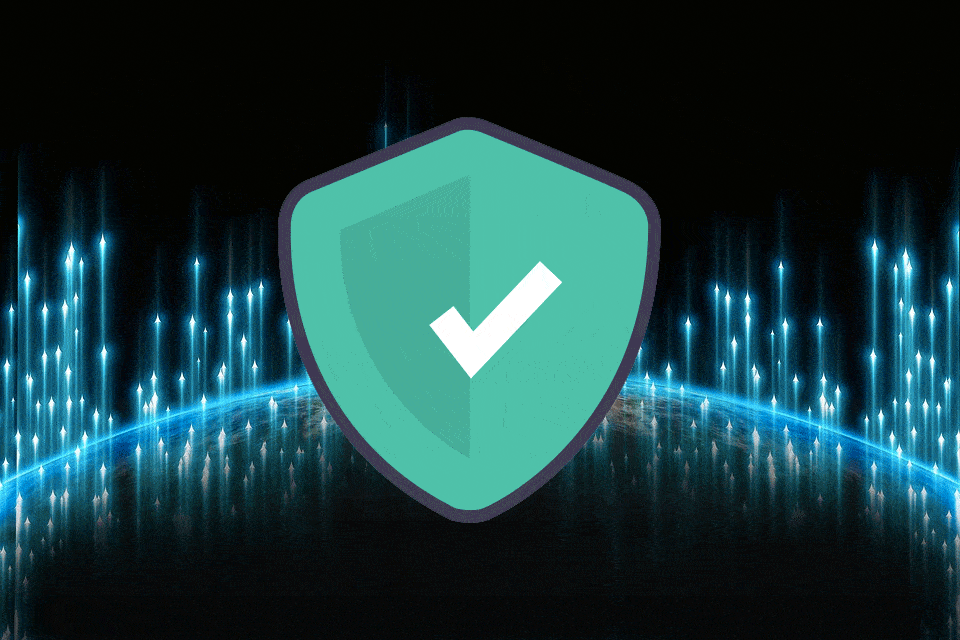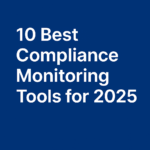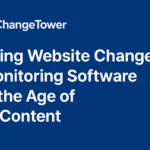05 Apr

Why the Russia-Ukraine war means companies should monitor website changes closely
The Russian invasion of Ukraine has caused seismic ripples around the globe. Economically, businesses with investments and holdings in Russia have faced unprecedented public pressure to withdraw. Various industries have received supply chain impacts as economic sanctions continue to expand in the West. And perhaps most frighteningly, state-sponsored hackers in Russia have been turned loose to fight a secret war in the cyber realm that has real implications for corporations who have begun divesting themselves from the Russian economy.
There are already numerous examples of increased hacking initiatives from malicious actors operating from Russia that serve as a warning to others. While most major companies already have robust cybersecurity protections and teams in place, the diverse abilities and skills of Russian hackers have proven able to overcome even the most secure systems in the past. This means that while companies may not be able to completely prevent an intrusion attempt, the ability to monitor website changes and respond swiftly to potential breaches is absolutely essential in these turbulent times.
So how can companies take proactive steps to tighten their cyber defenses and improve their website monitoring capabilities? No matter your cybersecurity infrastructure and budget, the good news is that website monitoring software solutions exist that can help even the most unprepared companies better anticipate and respond to potentially damaging cyber threats. Here’s how.
What are companies doing to protect themselves from cyber threats?
Depending on how a company has established its digital infrastructure, the avenue for cyber threats may be great or small. Broadly, here are some of the steps companies are already taking to insulate themselves and increase their defenses:
- Perform an internal security audit to identify permissions and access levels – a frequent cause of cybersecurity breaches is inconsistent monitoring of employee and contractor access permissions. In big companies, where individuals and contractor positions may experience frequent turnover, failing to update security settings or removing access can allow disgruntled employees to sell access info. Additionally, more employees means more potential security mishaps independent to your digital security system – simply using an unsecured personal email while transmitting company login info can be the ticket for a hacker to gain access. Many companies are currently performing internal security audits, either with their own development teams or with external cybersecurity contractors, in order to identify any potential loopholes and close them proactively.
- Examine data storage and transmission methods – many companies turn to common solutions like Amazon Web Services to handle cloud storage and other data processing needs, drawn by the simplicity and relative peace-of-mind gained from trusting an industry heavyweight. However, times of increasing security risks call for an extra layer of caution. With this in mind, companies are and should audit their own data flows to ensure that there are no suspicious avenues where a hacker may gain critical access.
- Incorporate two-factor authentication if you haven’t – passwords are already quickly becoming obsolete as a standalone method of verifying identity and granting access, due to the ease with which they can be lost or stolen. Two-factor authentication offers an exponentially tougher wall to crack, due to the added layer of verification. Companies that haven’t already incorporated two-factor authentication should be doing so immediately.
- Backup all data as an emergency measure – while prevention is the ideal goal, the truth is that the best Russian hackers can overcome even the most sophisticated cyber defenses. That’s why companies are currently backing up all critical data in the case of a critical loss or corruption of back-end databases. Even if you can’t prevent an attack, having critical data infrastructure stored can allow you to get back up and running much more quickly.
How can website monitoring software like ChangeTower help?
A website monitoring platform like ChangeTower can automatically monitor relevant pages of your company’s digital presence to notify you of changes as they happen. This can be key to identifying unauthorized changes to the front-end or back-end data of your public presence. As hackers continue to deface corporate websites among other performative hacking activities, website monitoring software can allow you to get your development team working on countermeasures in no time flat.
Here are some of the specific ways that this kind of monitoring software can be essential in combating hackers during times of increased risk like the status quo:
- Website defacement attacks: These attacks often consist of hackers using your website to present your website visitors with disparaging content, advertisements or links that the attacker stands to profit from, or the injection of calls to action and political messaging meant to both impact your brand’s trust and direct visitors away from your website. ChangeTower can be set to monitor your main web pages and immediately notify you of changes made to the content or code, to quickly counter attacks like this.
- Malicious website redirects: In these cases, hackers will identify your most trafficked landing pages and insert malicious code or advertising meant to redirect your visitors to another site, either for monetary gain or to erode trust in your brand. ChangeTower website monitoring can alert you of this by crawling your page URL and let you know if any changes have been made when they happen.
- Database and server downtime errors: Some common types of attacks, such as DDoS methods, will surge traffic to your website to overload your servers and take your site down. ChangeTower can be set to notify you of database connectivity issues to catch site crashes early and get your development team working on a fix quickly.




